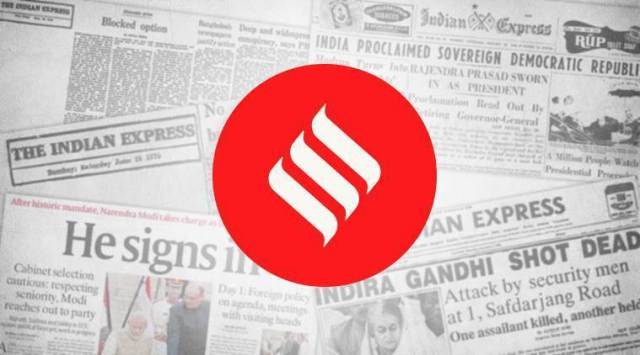
Policymakers, economists and even firms selling products to consumers in this country are today operating in a data vacuum. The last available detailed official survey on household consumption expenditure was done for 2011-12. The most comprehensive data on household amenities — to do with dwelling size and building material used or access to electricity, drinking water, latrine, wastewater drainage and banking facilities — is, likewise, available only from the 2011 Census. The Narendra Modi government’s successful schemes for providing universal rural housing or LPG and electricity connections, too, have identified beneficiaries from the information revealed by the Socio Economic and Caste Census of 2011. The National Statistical Office (NSO) did carry out an all-India household consumption expenditure survey for 2017-18, but its results haven’t been released on grounds of “data quality issues”. There are assorted nationwide surveys such as the one on rural financial inclusion for 2016-17 by NABARD and that on drinking water, sanitation, hygiene and housing condition for 2017-18 by NSO. They, again, don’t provide sufficient granular data for either analytical or policy intervention purposes.
This is where reports of field enumerators coming under attack — due to gathering “mistrust” over the Citizenship Amendment Act and its perceived link to a National Register of Citizens — are disturbing. The house-listing phase of the 2021 Census, when enumerators will visit homes seeking information on amenities and ownership of assets, is to start from this April. The NSO’s household consumption expenditure survey for 2020-21 is, similarly, scheduled from July. The responsibility for assuaging citizens’ concerns lies solely with the Modi government.